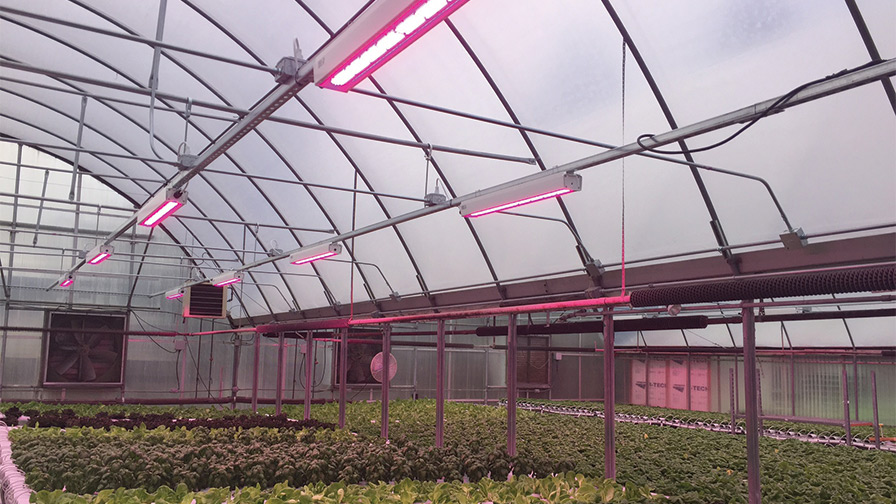How Your Lighting System Can Affect Air and Leaf Temperature
 As growers educate themselves more on different lighting technologies, one of the more common issues they must address is the effects that different light sources can have on temperature and crop production.
As growers educate themselves more on different lighting technologies, one of the more common issues they must address is the effects that different light sources can have on temperature and crop production.
In a recent post on P.L. Light Systems’ educational blog page, Sales Manager Eric Moody notes that anyone familiar with HPS (high pressure sodium) and LED lighting should understand that you need to maintain a certain distance from your crop to the hot HPS luminaires, while cooler LEDs can be mounted closer to the canopy. Both of these lighting applications have their pros and cons depending on the crop you are growing.
“We also know that using LEDs can save an indoor grow in cooling costs, while HPS lamps can save a growing operation in heating costs (especially for those in Northern climates),” Moody says.
However, there is a common misconception when calculating efficiencies. When you calculate the load for heating/cooling equipment, you use a measurement of energy called British Thermal Units (BTUs). A BTU is equal to the amount of energy used to raise the temperature of one pound of water one-degree Fahrenheit. When factoring in the heat given off by a luminaire, the BTUs are calculated off of the total wattage of the luminaire. If you have a 600 Watt HPS lamp, the BTUs for that luminaire are the same as a 600 Watt LED. A single watt of power is equal to 3.41 BTUs so a 600W luminaire will produce 2,046 BTUs. This is true for both the LED and the HPS luminaires.
Check out the complete post from Moody to get answers to the following questions:
If they both produce the same number of BTUs, then where is the savings in cooling an LED over an HPS?
If both technologies produce the same number of BTUs per watt then why does it feel so much warmer under the HPS than the LEDs? Why can I mount my 600W LED so much closer to the crop than the 600W HPS?
What are the pros and cons of radiant heat for my grow?









